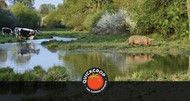The Benefits of Rewilding
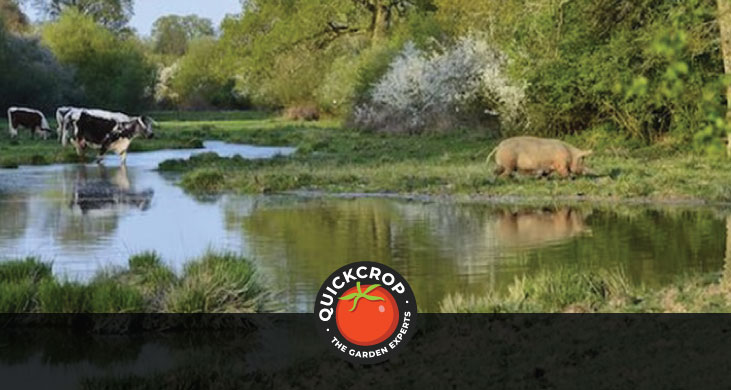
In a world where biodiversity loss continues to accelerate and climate catastrophe is an ever-present spectre, 'rewilding' can be seen as a potential lifeline or way forward. Rewilding can mean different things to different people, and can be applied on a small or very large scale, but the guiding principle is one of letting nature heal.
Rewilding Britain describes it as 'the large-scale restoration of ecosystems to the point where nature can take care of itself'. In practice this can involve reintroducing keystone or threatened species, restoring natural watercourses or encouraging native vegetation to flourish. It also involves reducing human interference in the landscape as much as possible.
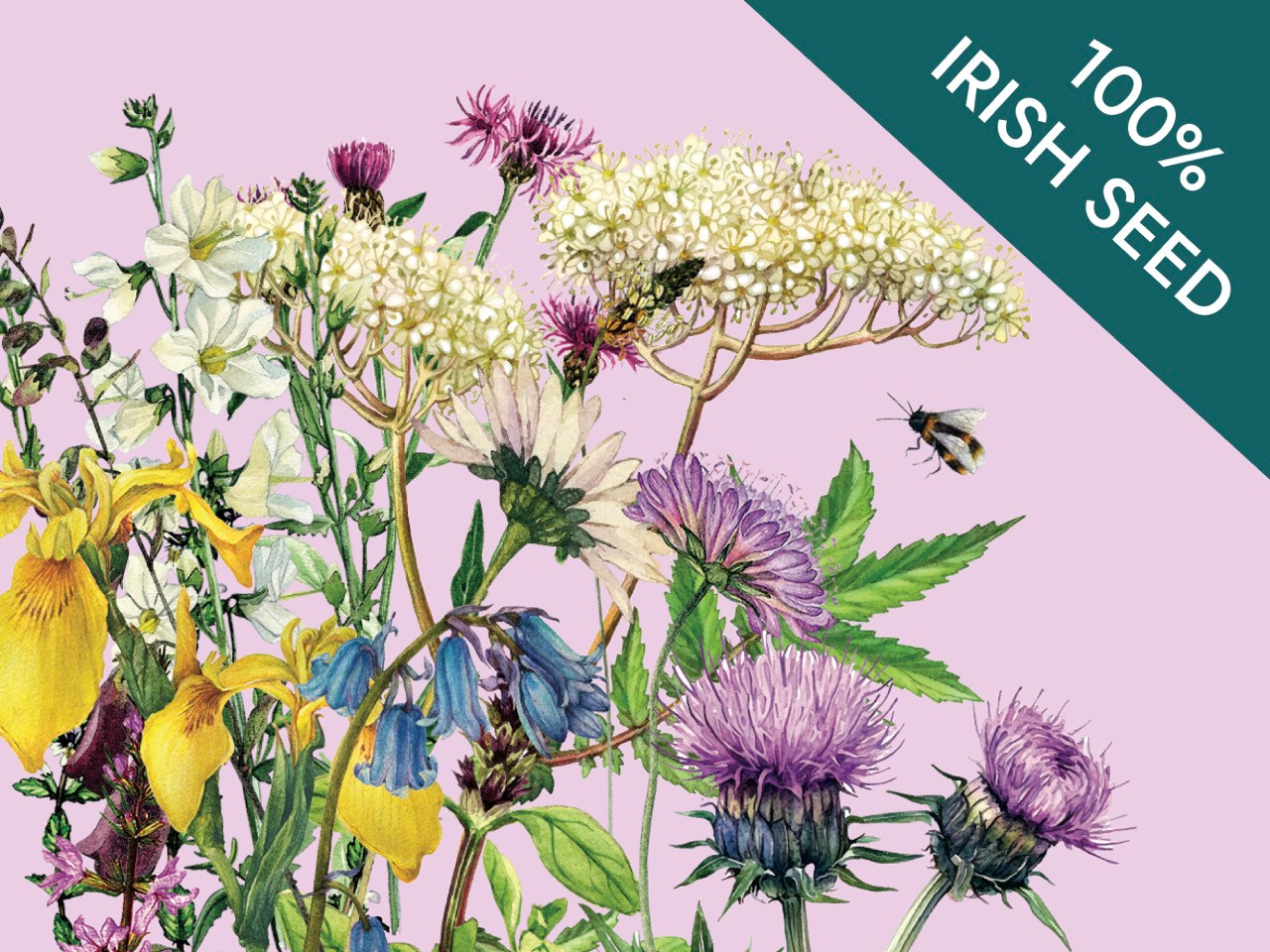
Native Irish Grown Wildflowers - Biodiversity Meadow
View ProductRewilding - a Polarising Topic?
Rewilding can be a divisive topic at times. The concept of giving land back to nature or reducing human intervention can set alarm bells ringing for farmers or rural communities. Their concerns can centre around (for example) livestock predation, land use restrictions or urban-based policies that don't take into account the practicalities of urban living.
However, rewilding advocates have pointed to ways that farmers etc can feel more involved in - and even benefit directly from - rewilding strategies.
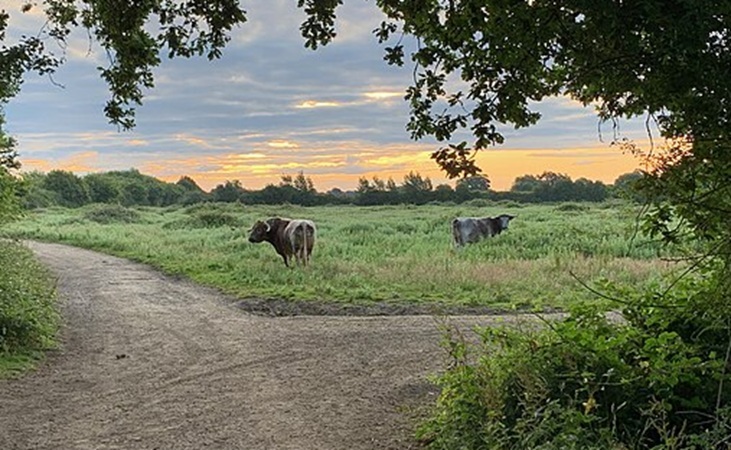
The Case for Rewilding
Key arguments in favour of rewilding are that it can:
- combat and reverse biodiversity loss
- enhance ecosystem resilience, e.g. the ability to withstand severe weather events
- mitigate the impact of climate change by restoring carbon-storing habitats
- bring potential economic benefits, such as wildlife tourism
1. Restoring Biodiversity and Ecosystem Health
Rewilding aims to restore or conserve ecosystems and natural habitats, as well as encouraging natural processes with minimal human interference. Evidence has shown that when we allow nature to 'bounce back', the results can be very encouraging.
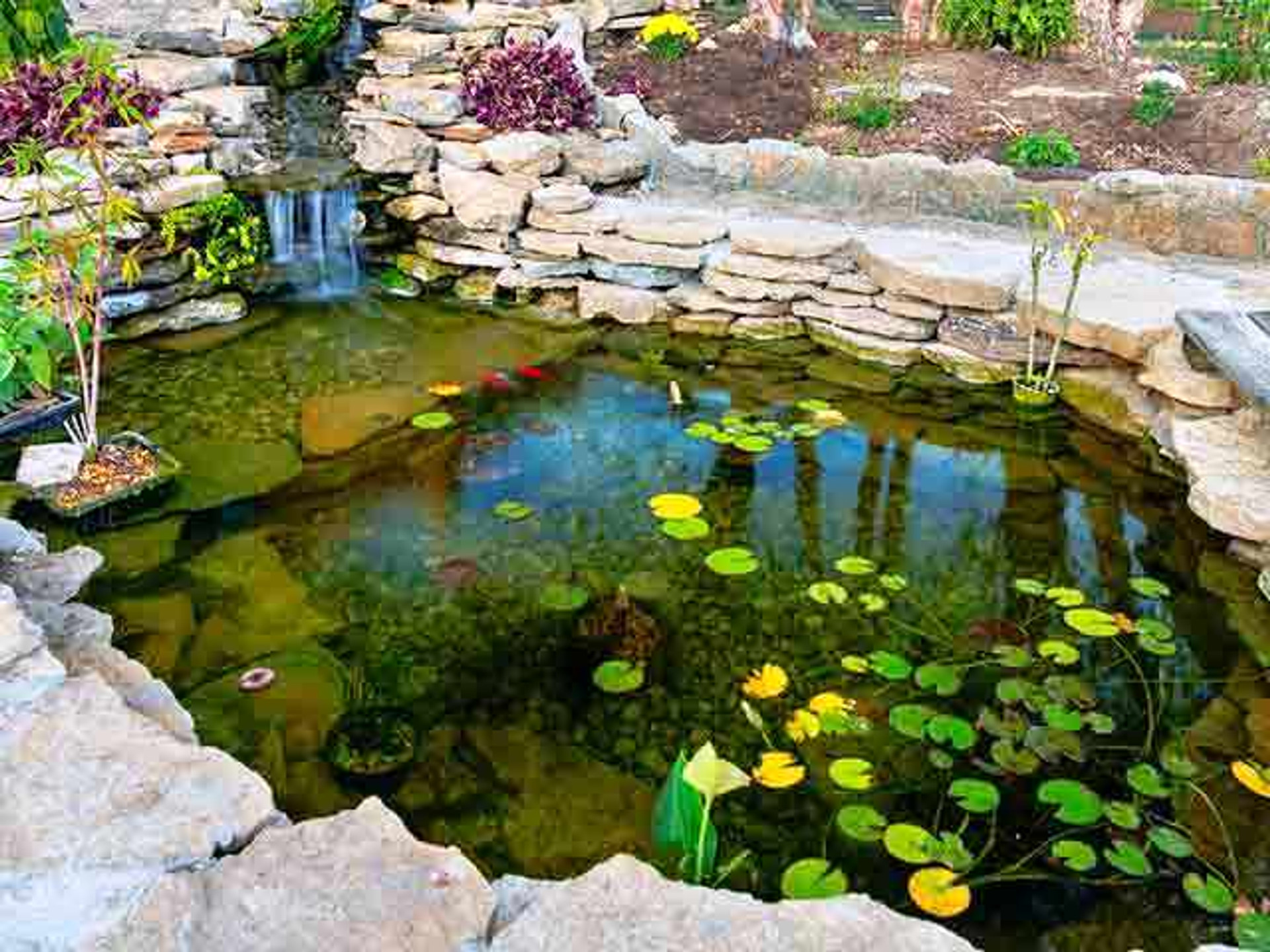
EasyPond 6000 Sunken Garden Pond Kit - 5m x 5m
View ProductHealthy ecosystems provide us with clean air and water, pollination, climate regulation, and fertile soils. A richer variety of native wildflowers and plants has the potential to slow down the worrying decline of pollinating bee and butterfly species, as well as fostering a self-sustaining ecosystem in the long-term.
2. Reversing Wildlife Decline
Over recent decades we have seen evidence of drastic and worrying wildlife decline. Global wildlife populations were estimated to have fallen by about 70% in 50 years. The European Red List (species that are threatened) includes the Atlantic Salmon, the Western European Hedgehog and a number of dragonfly and damselfly species.
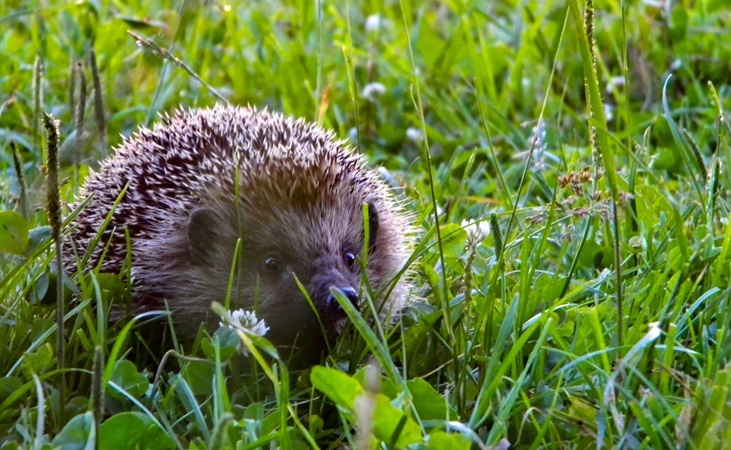
A number of factors contribute to wildlife decline, such as:
- intensive agriculture
- urban development
- deforestation
- clearing of hedgerow
- use of pesticides etc.
Rewilding can help wildlife populations bounce back in two different ways: by
a) reintroducing endangered species or
b) encouraging the restoration/conservation of wildlife habitat.

Bird and Wildlife Friendly Native Hedging Plants - Pack of 25
View ProductRewilding often hits the news headlines due to divisive issues like the reintroduction of wolves and other ‘keystone’ species. This strategy, when carefully planned, can rebalance ecosystems. 'Apex predators' can control herbivore populations, in turn reducing problems like overgrazing. Overgrazing of vegetation can have destructive knock-on effects on biodiversity and climate self-regulation.
Following the principles of rewilding can help to gradually restore natural habitats. In the long-term the ideal is to allow ecosystems to function without excessive - if any - human interference.
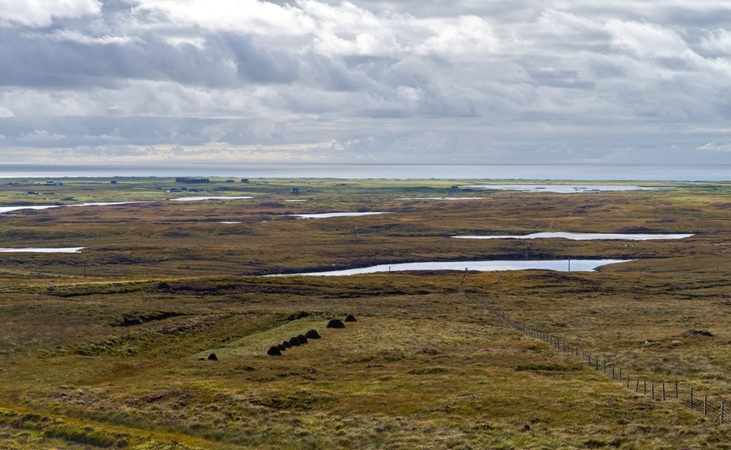
3. Carbon Sinks
Rewilding can help restore or enhance natural carbon sinks, such as forests, wetlands or peatlands. These environments absorb carbon dioxide from the atmosphere, in turn helping to combat climate change.
Trees, soil, and vegetation are known to store carbon efficiently, reducing greenhouse gas levels and promoting a more sustainable environment. Peatlands meanwhile can store massive amounts of carbon accumulated over thousands of years. Irish peatlands are estimated to store 1085 million tonnes of carbon.
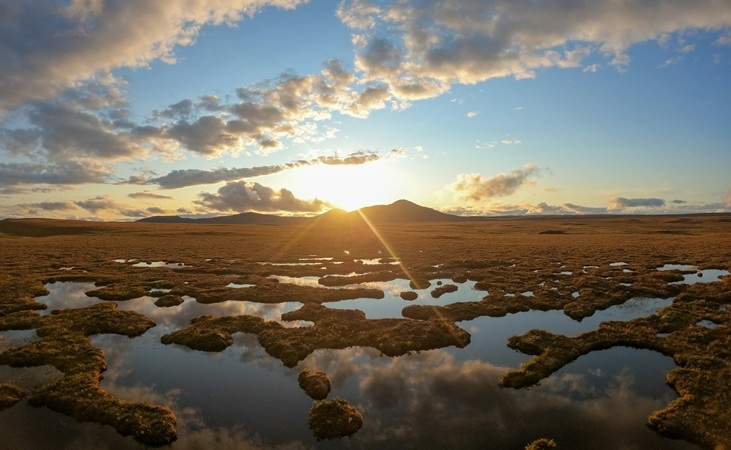
Despite their value, Irish peatland decline is a significant issue, caused by bog drainage, mechanised extraction of turf and other practices. In 2022 Rewild Wicklow embarked on a peatland restoration project in the Wicklow mountains, aiming to restore the bog’s water retention capacity and regenerate vegetation.
4. Climate Change Mitigation
By reinstating natural landscapes and ecosystems, rewilding contributes to climate resilience. Forests and wetlands help regulate temperatures, maintain water cycles, and provide shade, reducing the impact of extreme weather events such as heatwaves and droughts.

Schwegler Flat Woodcrete Bat Box - 1FF
View ProductTake the example of the beaver, a water-dwelling 'ecosystem engineer' whose populations have bounced back due to protection or reintroductions.
After catastrophic forest fires in Oregon left large swathes of the landscape charred, an oasis of healthy green vegetation was found, seemingly left untouched. This area had been protected by natural dams created by beavers.
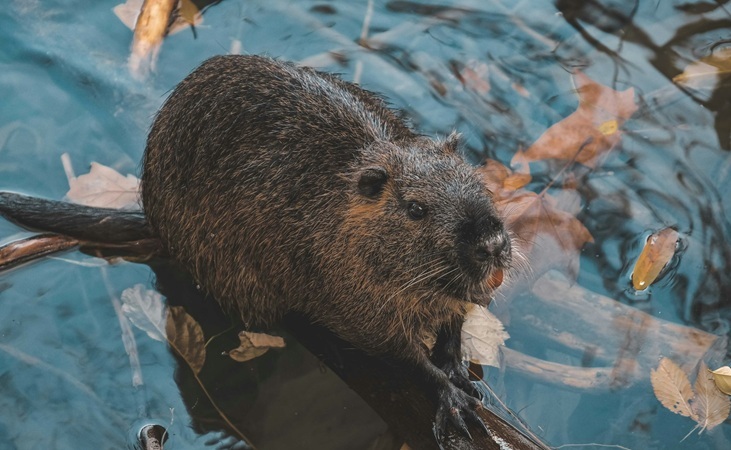
The dams effectively filtered out pollutants and debris from the fires, meaning trout populations continued to thrive when they had perished elsewhere. Beavers can create a natural defense against forest fires by rewetting meadows and bolstering their resilience during dry seasons. If an area is sufficiently 'wetted' it can function like a firebreak. (Goldfarb, Ben. "How beavers became North America's best firefighter" National Geographic, 22 Sep. 2020, https://www.nationalgeographic.com/animals/article/beavers-firefighters-wildfires-california-oregon)
5. Economic and Social Opportunities
Practicing rewilding can generate sustainable livelihoods through eco-tourism, regenerative agriculture or local stewardship programs. Knepp Estate for example offers guided tours and hosted workshops, passing on info to farmers and landowners who may themselves be inclined to apply similar approaches.
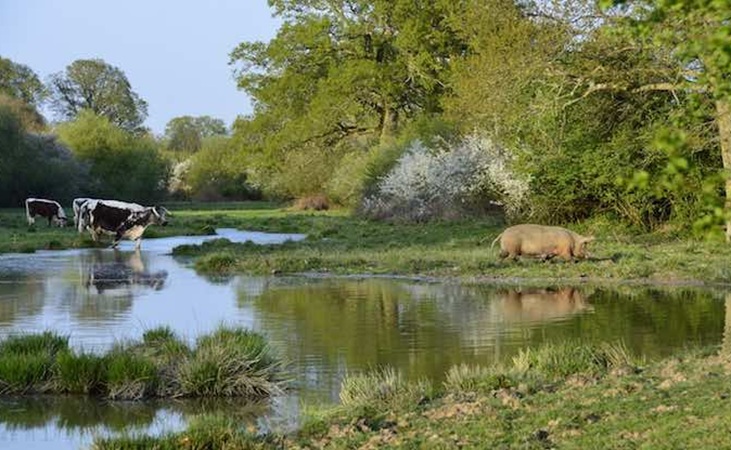
Free-roaming animals that are not typically spotted in our day-to-day lives can have a lot of appeal for tourists, hobbyists, photographers or journalists.
Access to thriving, rejuvenated natural spaces also has the potential to improve mental health, encourage outdoor recreation and education, as well as strengthening community identity.
